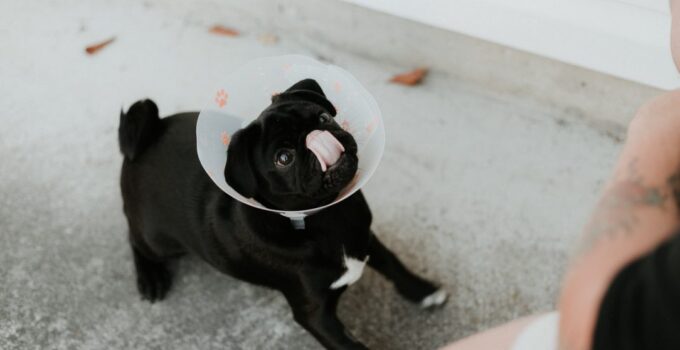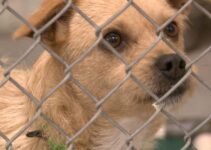It’s always a hard time when you have to take your pet to get a medical procedure. Nobody wants to do it, but sometimes it has to be done. Investing in reliable pet health insurance can help you cover the unexpected medical bills of an accident or illness and ensure you provide the best care available. Affordable companies like Bivvy offer coverage options regardless of age, size, gender, or breed, starting at $15 per month. This allows you to stay focused on helping your pet recover.
Now, the reason why it’s crucial that you help your dog heal after surgery is because animals aren’t as good at taking doctor’s orders as we are. They won’t just lie in their beds and wait for the wound to heal, so you have to step in. If you don’t, you’re risking that the incision opens, becomes infected or something even worse. Now, we know you don’t want that and neither do we. On that note, let’s get you familiar with several great ways to speed up your pet’s healing time after the surgery.
1. Follow The Veterinarian’s Instructions Perfectly
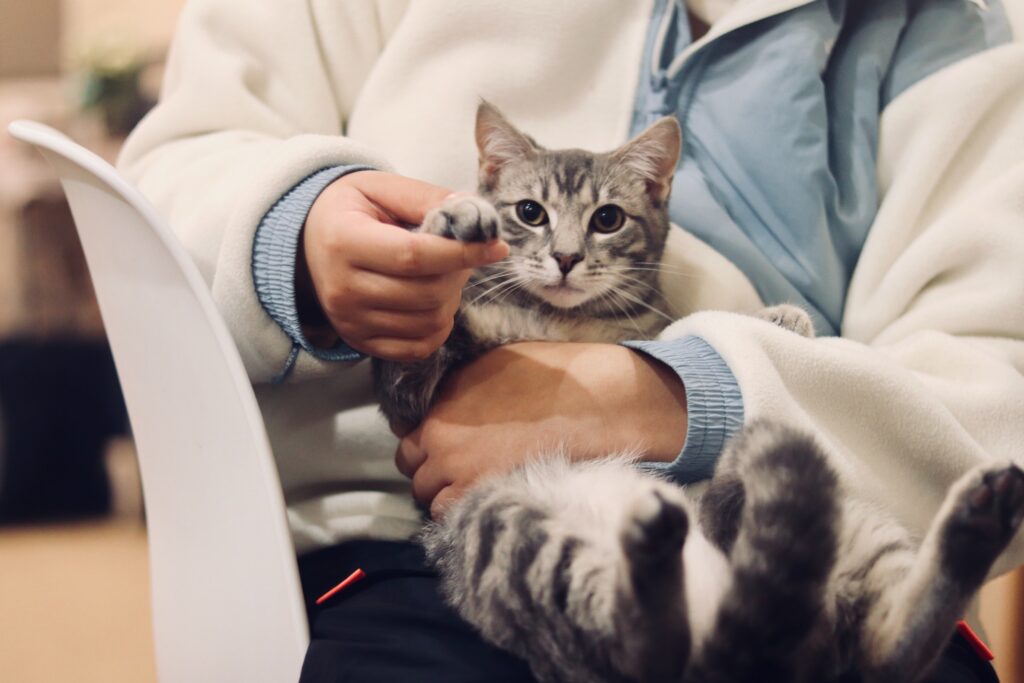
img source: unsplash.com
Post-op, your veterinarian will give you a set of rules that you’ll have to follow. These will mostly be specific instructions on how to take care of the incision after the procedure. It is absolutely essential that you follow these to a tee to reduce the risk of complications that may happen and obviously to help your pet get to back to full health in no time.
Now, these instructions vary from procedure to procedure, but in general, they’re mostly focused on how to treat the incision. In some cases, you’ll just have to keep an eye on the incision site and in some instances, you’ll have to clean to incision, change bandages or something similar.
It is also important that you don’t panic if anything goes wrong. Don’t hesitate to call the veterinarian and ask for tips, or if necessary, take your pet to the vet once again.
2. Always Keep The Incision Site Dry
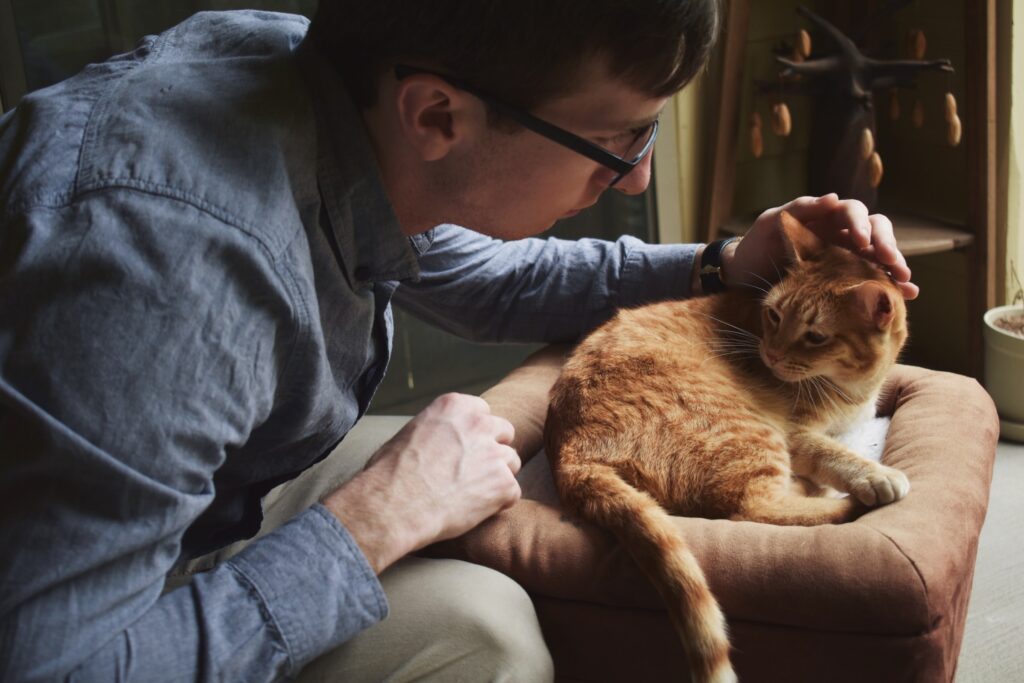
img source: unsplash.com
Your pets will be in pain to some degree. Now, just as we like to poke our sore spots, animals love to lick them. Now, it is your job to make sure they don’t to it. An incision site must stay dry at all times. The reason why you need to make sure that the incision site stays dry is to help it heal faster and also not risk any further complications. That means no baths or walks outside if it’s raining. Your pet might not appreciate it, but that’s what has to be done.
Also, if you can’t monitor your pet at all times because of work or some other obligations, www.kuoser.com would recommend putting your pet in a recovery suit that covers up the incision spot, keeping it clean and dry.
In some cases, a cone would suffice, too. On the other hand, we all know pets despise those cones, so, this might be a better, more pet-friendly alternative.
3. Don’t Use Any Products Without Veterinarians Consent Or Direct Instruction
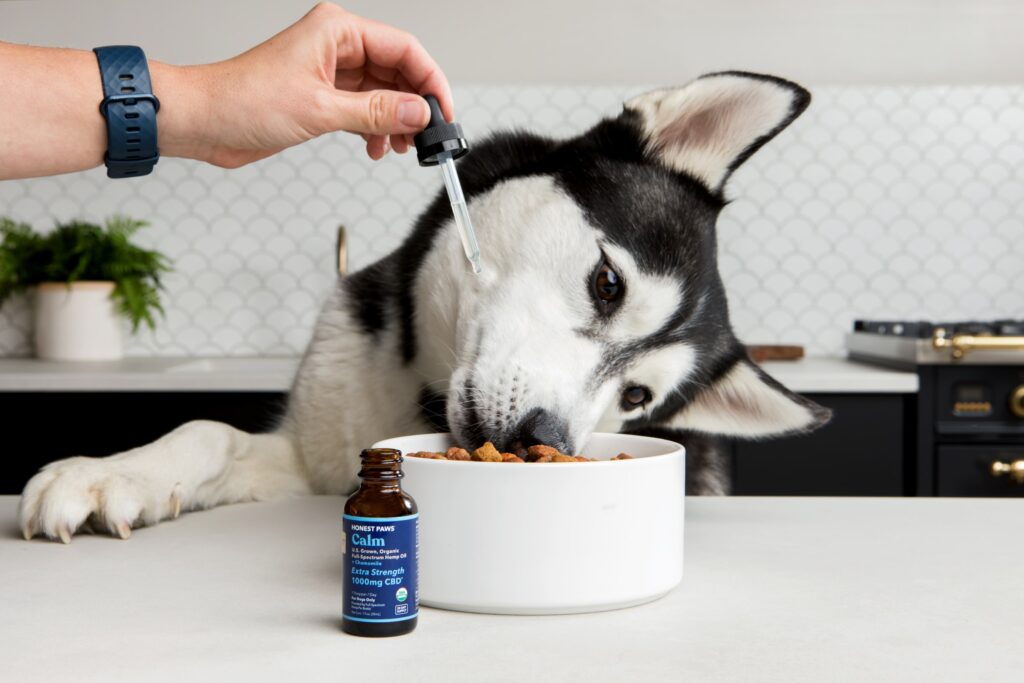
img source: unsplash.com
We’re sure you want to do all that’s in your power to help your pet get back on its feet, but as we said in the beginning, the best way to do so is by following your veterinarian’s instructions. That means, no ointments, antibiotic creams, or any other substances you might feel will help your pet.
The only products you should be using are the ones your veterinarian has instructed you to use. If they said not to use anything – don’t use anything. Don’t take any tips from other pet owners because they’ve done it when their pet was recovering from surgery. Chances are, even if the procedure was the same, the other circumstances weren’t.
4. Don’t Disinfect The Incision With Alcohol
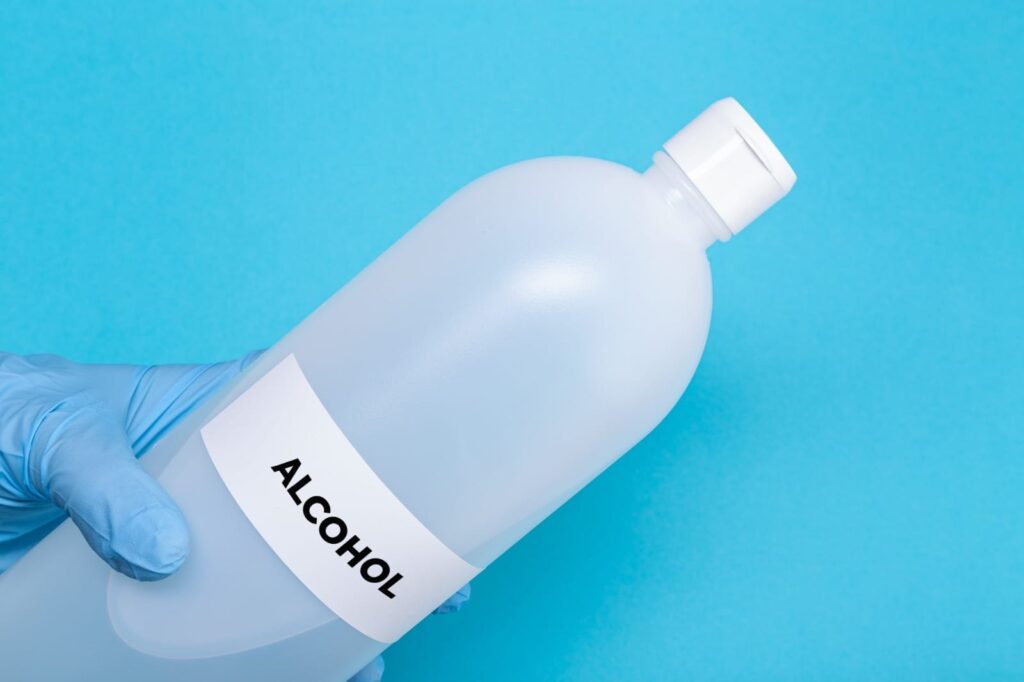
img source: tijaratuna.com
Although this might seem like a good idea from a logical standpoint – it isn’t. You should never use alcohol, alcohol-based disinfectants or hydrogen peroxide to clean the wound or the incision site. Any of these would only damage the tissue and cells around the incision and make the wound heal slower. Just keep it dry, follow the instructions and that should do the trick.
5. Restrict Your Pet’s Movement
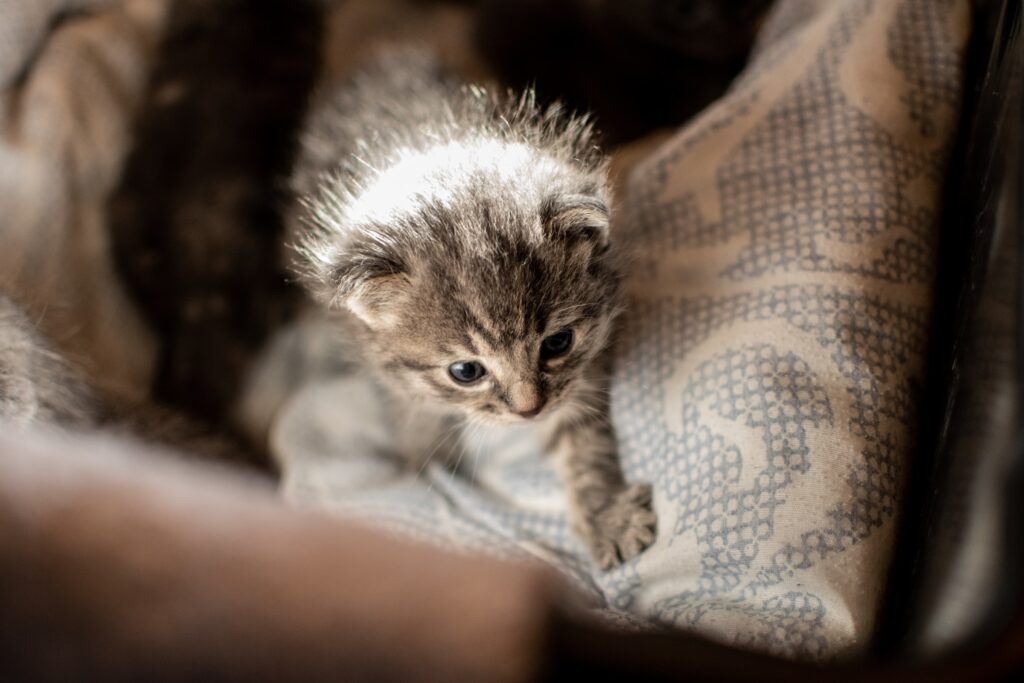
img source: unsplash.com
In most cases, most pets won’t try to run around the first day they get back from surgery. However, you shouldn’t take any risks. Depending on the surgery, you’ll have to take different measures. Sometimes, you’ll just have to keep your pet inside the house for a few days until the stitches are removed. On the other hand, if your pet has undergone major surgery, you might have to keep in confined to a cage or some other confined space to restrict its movement.
Now, we know that sounds horrible, but it is in your pet’s best interest. You can still do a lot to keep your pet happy, even if you have to keep them stationary. You can spend time with them, cuddle with them, pet them and do all the caring and loving stuff you would otherwise do. Just don’t let them run around, jump around, climb stairs or furniture, and so on.
For potty breaks, either get a cloth that your pet can use inside or take them out in your hands and let them finish their business.
6. Love And Care For Them
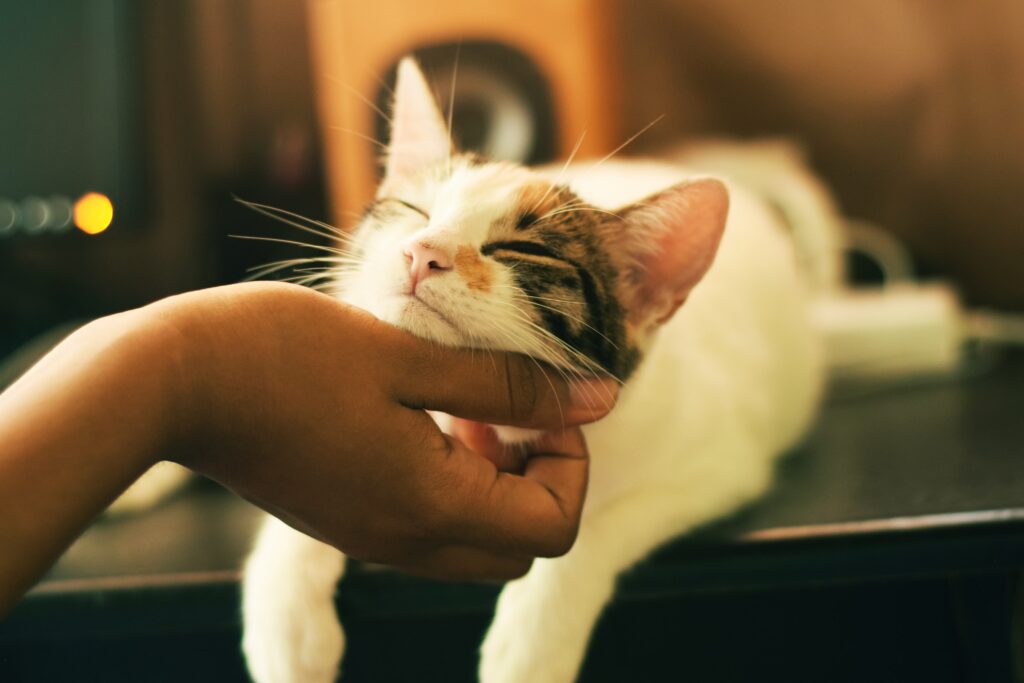
img source: unsplash.com
Finally, this goes without saying, but your pet needs you now, more than ever. Chances are – they’re in pain. It may be minor, it may be a lot more than that, but either way, you’ll make them feel better if you’re around.
It has been proven many times that feeling loved, safe and happy does wonder for your body. We heal better when we have someone taking care of us and so do the animals. If you have to, keep your pet in your lap at all times. Treat them with love and we’re certain they’ll be back in full health in no time.
Conclusion
There you have it. Those were the 6 ways in which you can make your pet’s wound heal faster. If you follow all of these, we guarantee you – your pet won’t even feel like they’re recovering.

